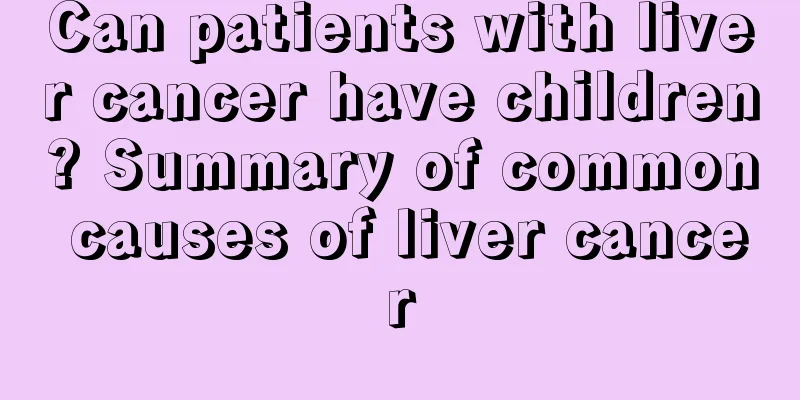What to eat when you have low blood sugar symptoms

|
People must control their blood sugar health in their lives, because more and more people will encounter blood sugar problems. They don’t have the habit of eating breakfast on time, don’t pay much attention to their dietary health, and don’t care about their personal living habits. These are enough to lead to low blood sugar, so when low blood sugar occurs, you must first control the blood sugar level, and choose the appropriate treatment method according to the different symptoms that appear in the body. Symptoms Hypoglycemia is divided into two types: (1) Adrenergic symptoms include sweating, nervousness, trembling, weakness, dizziness, palpitations, and hunger, which are attributed to increased sympathetic nerve activity and increased adrenaline release (which may occur in patients who have had their adrenal glands removed). (2) Central nervous system manifestations include confusion, abnormal behavior (which may be mistaken for drunkenness), visual impairment, stupor, coma, and epilepsy. Hypoglycemic coma is often accompanied by a decrease in body temperature. The rate of blood sugar decrease in cases causing sympathetic nervous system symptoms is faster than that in cases causing central nervous system symptoms, but the degree of hypoglycemia is mild. Regardless of the type, there are obvious individual differences in blood sugar levels. Disease diagnosis Whether the patient has unexplained central nervous system symptoms or unexplained sympathetic symptoms, the diagnosis requires evidence that these symptoms are related to abnormal hypoglycemia and that the symptoms improve after blood sugar increases. The diagnostic criteria for abnormal hypoglycemia are usually: male <50 mg/dl (<2.78 mmol/L), female <40 mg/dl (<2.5 mmol/L) (normal value for males after 72 hours of starvation, lowest value for females), infants and children <40 mg/dl (2.22 mmol/L). Most hypoglycemia occurs in patients treated with insulin or sulfonylureas or in recent drinkers and is generally not difficult to diagnose. Initial monitoring includes rapid blood glucose measurement in patients with unexplained impaired consciousness (or seizures). If abnormally low blood sugar levels occur, a glucose bolus should be given immediately (see Treatment below). As blood sugar rises, central nervous system symptoms quickly ease (seen in most patients), and starvation hypoglycemia and drug-induced hypoglycemia can be diagnosed. A portion of the first blood sample should be stored as frozen plasma, which can be used to determine plasma insulin, proinsulin, and C-peptide levels and, if necessary, for drug monitoring. Blood lactate, pH, and ketones should be measured. Laboratory tests can differentiate between different causes. Patients with insulin-secreting pancreatic tumors (insulinoma, islet cell carcinoma) often have increases in proinsulin and C-peptide in parallel with insulin. For patients taking sulfonylureas, C-peptide levels should increase and blood drug concentrations should also increase. Patients with exogenous insulin-induced hypoglycemia (usually family members or service personnel of diabetic patients) have normal proinsulin and decreased C-peptide levels. In rare autoimmune hypoglycemia patients, plasma free insulin is significantly elevated, plasma C-peptide is suppressed, and plasma insulin antibodies are easily detected during hypoglycemia episodes. Differentiation between autoimmune hypoglycemia and hypoglycemia caused by unauthorized insulin administration requires special studies. Insulinoma is distinguished from other causes of starvation hypoglycemia by the frequent onset of sudden confusion or loss of consciousness, which may become more frequent over the course of years. Attacks typically occur more than 6 hours after eating or after an overnight fast and are sometimes precipitated by exercise (such as brisk walking before breakfast). Remission may occur spontaneously, often with the patient's history of improvement after taking fluids or sugars. Elevated plasma insulin levels [>6μu/ml (>42pmol/L)] accompanied by hypoglycemia may indicate the presence of an insulinoma if illicit use of sulfonylureas and insulin is excluded. |
<<: Symptoms of poor circulation in the lower limbs
>>: What are the symptoms of collagen deficiency
Recommend
Causes of high blood pressure
For many middle-aged and elderly patients, high b...
Can I swim if I have rheumatism
In the hot summer, many people can't resist t...
The harm of polyunsaturated fatty acids
Although people's bodies need a certain amoun...
The bronchitis cough relief method is simple and effective!
Bronchitis is a relatively common respiratory inf...
Throat is bleeding
Everyone should also pay attention to protecting ...
Can chronic gastritis eat pineapple
Can people with chronic gastritis eat pineapple? ...
What is chronic gastritis with verrucous erosion?
Chronic gastritis with verrucous erosion is actua...
How to quickly reduce swelling from ear piercing
Are you envious when you see other girls wearing ...
How long does it take for hair to grow after a hair transplant?
For most patients who undergo hair transplant sur...
Can I drink overnight mineral water?
Water is an indispensable element for the human b...
Introduction to several skin cancer treatments with better efficacy
With the advancement of modern medical technology...
How long can a patient with advanced gastric cancer and repeated vomiting live?
Frequent nausea and vomiting in advanced gastric ...
What are the pathological types of kidney cancer?
The pathological types of renal cancer mainly inc...
Is hiking bad for your knees?
If people usually want to go to a nearby place, t...
What are the traditional Chinese medicine treatments for skin cancer?
In daily life, skin is very important to us, and ...









